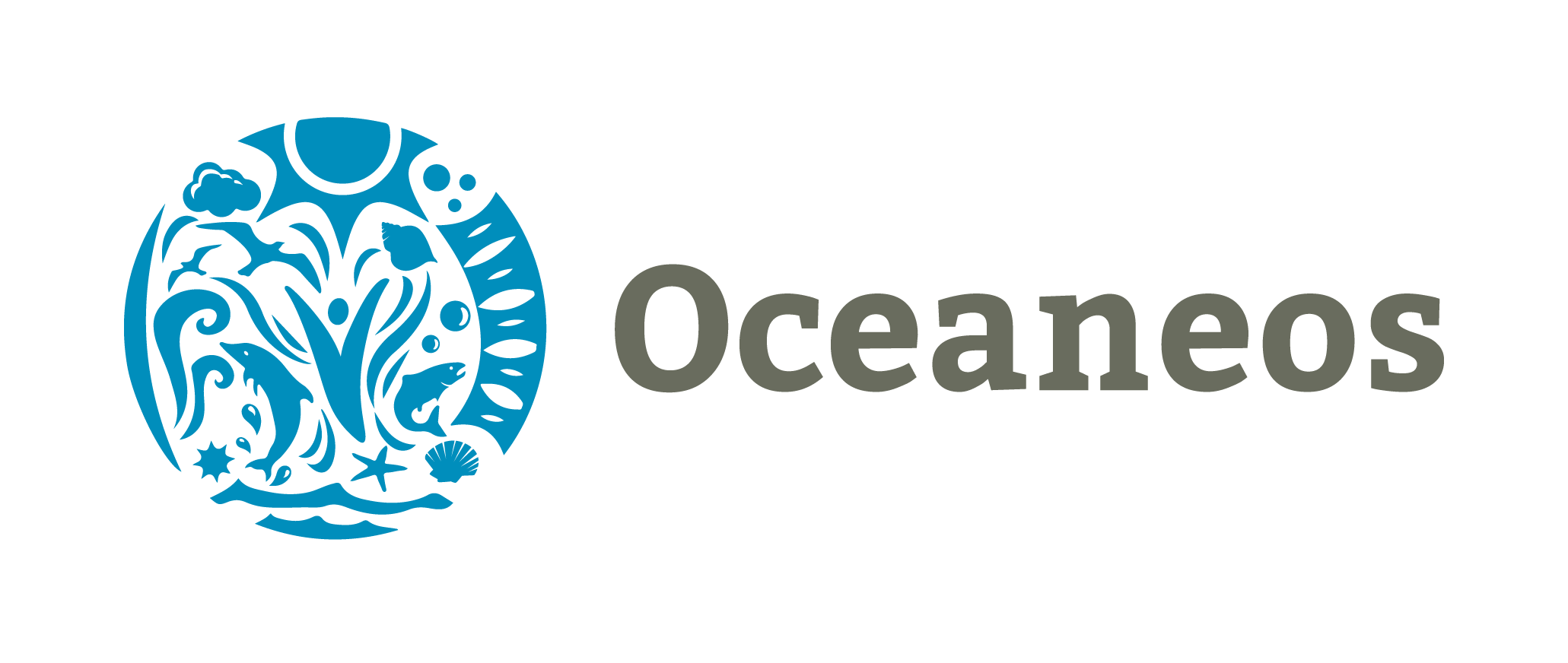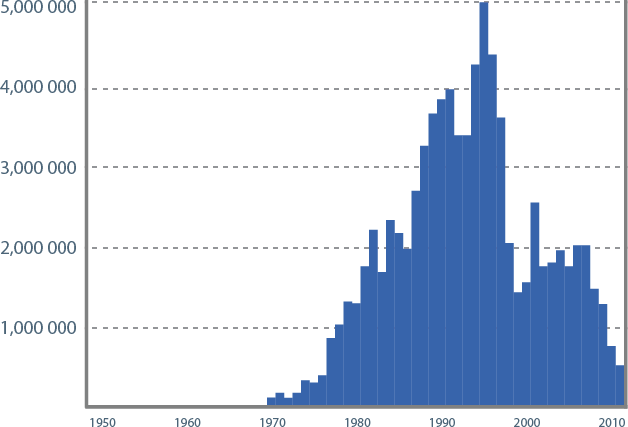What is Sustainable Fishery?
A sustainable fishery is one that is harvested at a sustainable rate to ensure that the fish population does not decline over time as a result of fishing methods or practices.
The study of sustainability in fisheries combines the observation of fish population makeup with the implementation of practical strategies to sustain fish stock. Overfishing, as well as issues such as individual fishing quotas and the curtailment of destructive and illegal fishing practices are addressed.
Researchers, scientists and activists are currently taking many steps to address the issues that most affect sustainable fisheries, such as:
- Lobbying for appropriate laws and policies
- Setting up protected areas
- Restoring collapsed fisheries
- Incorporating all externalities involved in harvesting marine ecosystems into fishery economics
- Educating stakeholders and the public
- Developing independent certification programs
Ray Hilborn, of the University of Washington, has presented three ways of defining a sustainable fishery, which are widely accepted:
- Long term constant yield – this is the idea that undisturbed nature establishes a steady state. “Properly done, fishing at up to maximum sustainable yield allows nature to adjust to a new steady state,” says Hilborn – “. . .without compromising future harvests”.
- Preserving intergenerational equity – this acknowledges natural fluctuations and regards as unsustainable only those practices that damage the genetic structure, destroy habitat or deplete stock levels.
- Providing rebuilding – rebuilding takes only one generation.
The primary concerns in creating sustainability are that overexploitation and growth of recruitment overfishing are currently resulting in the loss of significant potential yield. Researchers fear that the stock structure may erode to the point where it loses its diversity and resilience. There is also concern today that ecosystems and their economic infrastructures will cycle between collapse and recovery – and that each time they do so, the systems will be less productive. This may throw the ocean’s ecosystems off balance and cause an overall collapse in the chain.



 According to data from the Sustainable Fisheries Partnership, stocks have dropped from an estimated 30 million metric tons in the 1990s to less than a tenth of that today. In 2006, the South Pacific Regional Fisheries Management Organization was formed to protect fish, particularly jack mackerel. Over four years, 14 countries negotiated and developed an agreement aimed at building a sustainable fishery. To date, however, only six countries have ratified the agreement.
According to data from the Sustainable Fisheries Partnership, stocks have dropped from an estimated 30 million metric tons in the 1990s to less than a tenth of that today. In 2006, the South Pacific Regional Fisheries Management Organization was formed to protect fish, particularly jack mackerel. Over four years, 14 countries negotiated and developed an agreement aimed at building a sustainable fishery. To date, however, only six countries have ratified the agreement.